The 4 Main Meditation Types That Exist In The World
Dhammakaya Meditation
Dhammakaya meditation, originating in Thailand, is probably the most original and purest form of meditation surviving in the history of meditation. “Dhamma” means “pure nature”, while “Kaya” refers to the “layers of the body” in the ancient Pali language. Put together, “Dhammakaya” means the “body of enlightenment”. Dhammakaya meditation is also called “The Middle Way Meditation” and you will understand why when you keep on reading.
Dhammakaya meditation focuses on calmness, which is believed to lead to insight as an inherent result. In Dhammakaya meditation various techniques are used with one main focus: ‘dropping into the center’. Meditation techniques are seen as merely tools and are supposed to be let go of once they’re not needed anymore.
The center is seen as the home of mind, the most natural place for the mind to be – where the mind can be fully still. In Dhammakaya it is believed that the center of our body is where the mind comes from when we are born, and goes back to when we die.
The location of the center is 2 fingers’ width above the navel, inside the middle of your body. If you were to split your body in half, horizontally and vertically, the center would be located in the middle of the middle – hence the name “The Middle Way Meditation”.
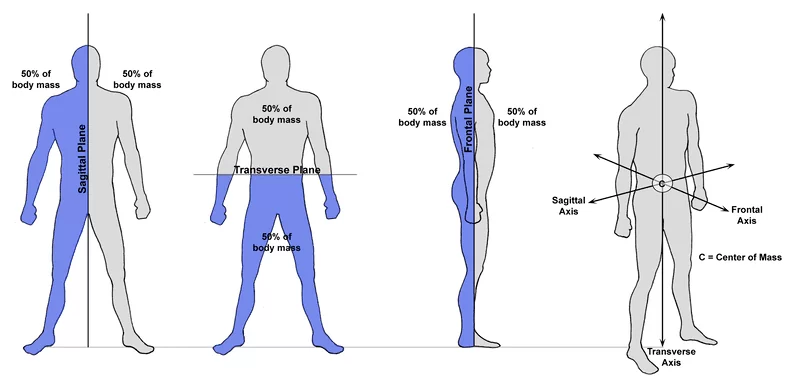
How to do it?
- Sit down comfortably and close your eyes
- Observe your breathing
- Gently guide your mind to the center of your body by following the air flow past the 7 bases of the mind: the nostrils, the bridge of the nose, middle of the head, roof of the mouth, throat, behind the navel and (back up to) the center located 2 fingers’ width above the navel
- If you like, you can recite a mantra at the center of your body, and/or visualize an object at the center of your body to help keep your mind centered
- Once the mantra and/or object are fading away, let them go – this means you don’t need the tools anymore to keep your mind centered
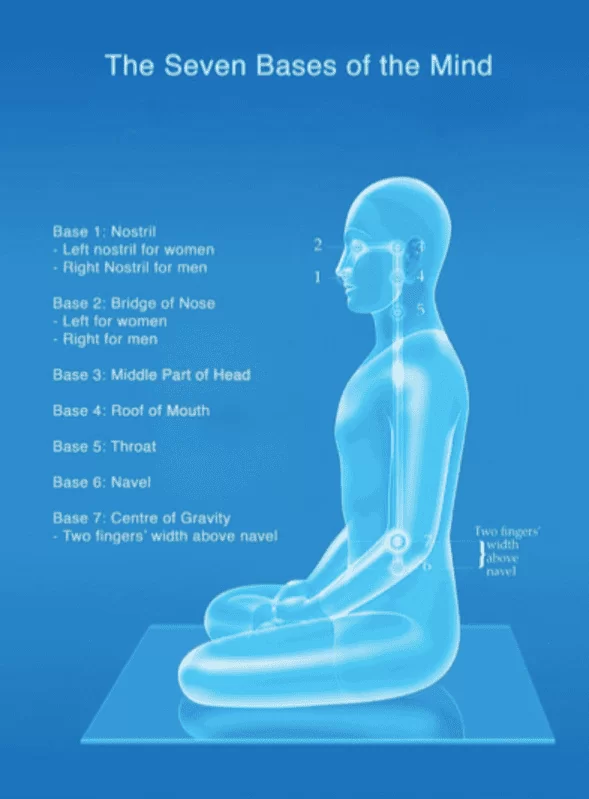
Vipassana Meditation
The term Vipassana means “seeing things as they really are” and is therefore also called “Insight Meditation”. Vipassana meditation originated in Myanmar (Birma) and refers to one of the oldest Buddhist meditation practices used for enhancing mindfulness of our state of being.
Though interchangeably used with Mindfulness meditation, Vipassana is more specific. The purpose of Vipassana meditation is to achieve a higher level of awareness of your bodily sensations.
How to do it?
- Sit down comfortably and close your eyes
- Observe your breathing without changing your breath. Feel the sensation of the breath inside your nose and touching your nostrils
- Scan your body from head to feet, and from feet to head. Observe all sensations of your body with equanimity (neutrality)
- Accept everything that you observe as it is – thoughts, emotions, and sensations. Do not crave more of the pleasant sensations, and do not create aversion against the unpleasant sensations
- Deepen the layers of the bodyscan more and more, until you can feel the sensations of the inside layer of your skin, your organs, and your spine
- Ensure to take enough time before you advance with the next step(s) mentioned above
Transcendental Meditation
Transcendental meditation or TM originates from India. TM focuses on ‘relaxed awareness’. Transcendental meditation uses a technique that allows you to settle your mind and helps to avoid distracting thoughts. You require a specific mantra to recite during the meditation practice. You will receive this mantra from your teacher, which will be a “meaningless vibration” word, and which will help you start your journey. Because the mantra needs to be received from your teacher, it is said you cannot start with Transcendental meditation by yourself.
How to do it?
- Sit down comfortably and close your eyes
- Repeat the mantra given to you by your teacher silently in your head
- Do not think about your breathing
- Allow your thoughts to float by

Zen Meditation
Zen meditation, also known as Zazen, originates from the area of Japan, Tibet and China. Zen meditation focuses on calmness and being in the here and now, while trying to think of nothing, and without being judgemental when thoughts do arise. This is done by letting every emotion or thought pass by without engaging with them.
How to do it?
- Sit down comfortably and close your eyes
- Breathe through the nose
- Follow the breath, one inhalation and one exhalation at a time
- Each time a thought arises, don’t follow the thought and return to the breath
So – that was a lot of information, wasn’t it! Let’s sum it all up once more:
Type | Zen meditation | Vipassana meditation | Transcendental meditation | Dhammakaya meditation |
|---|---|---|---|---|
Origin | Tibet / China / Japan | Myanmar (Birma) | India | Thailand |
Focus | Being calm & in here and now | Awareness / Insight | Relaxed awareness | Calm → insight |
Main technique | Breath observation | Bodyscan | Mantra | Centering technique |
Wondering where to start?
As you can see, there are many different meditation types and different meditation techniques. And in this article we’ve only talked about the 4 main meditation types!
Remember, none of these meditation techniques are inherently good or bad. Paths are different, but the destination is the same. All meditation techniques help you to expand your consciousness, increase your awareness levels, reduce stress, open your mind to endless possibilities, and much more. However, to unlock these benefits, it is important to use a meditation technique that really works for you.
We don’t believe in a one-size-fits all approach. None of us are the same, so neither should our meditation practice be. Therefore, our trainings teach all the different meditation techniques that exist, to help you create your personalized meditation style so you can develop a practice that really works for you!
Whether you’re a beginner meditator, or have already been meditating for a while – finding that perfect “meditation formula” will help you deepen your practice.
This does not only shorten your journey, but also helps you to reap the benefits of meditation more powerfully.
Join us to develop your own personalized meditation style!
Enjoyed this article? Share it!
Keep reading!

5 Best Types of Music for Meditation
Meditation is a profound practice that connects the mind, body, and soul. While silence can be powerful, adding music to your meditation routine can elevate

How Meditation Can Enhance Emotional Connection in Relationships
In recent years, meditation has gained widespread attention for its profound impact on personal well-being. But did you know it can also play an important
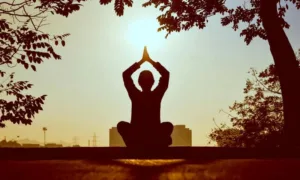
Embracing Stillness: 4 Simple Meditation Techniques for Overcoming Cravings
Cravings can be relentless, whether you’re dealing with the urge to eat unhealthy foods, the pull of an addictive substance, or even the compulsion to

Sleep Better, Live Better: Meditation for Insomnia Relief
Insomnia affects millions of people worldwide, leading to various health issues such as fatigue, irritability, and a weakened immune system. One effective method to combat
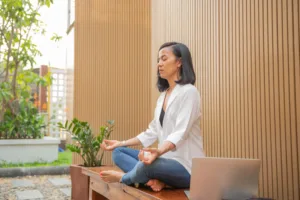
Clarity Amidst Chaos: How to Use Meditation for Concentration and Focus
Let’s talk about why meditation for concentration and focus is important. Focus is a crucial aspect of daily life that allows individuals to concentrate their
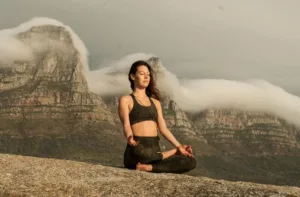
Meditation for Emotional Resilience: A How-to Guide
Meditation is a powerful tool that can help build emotional resilience. In our daily lives, we encounter various stressors and challenges that can impact our

